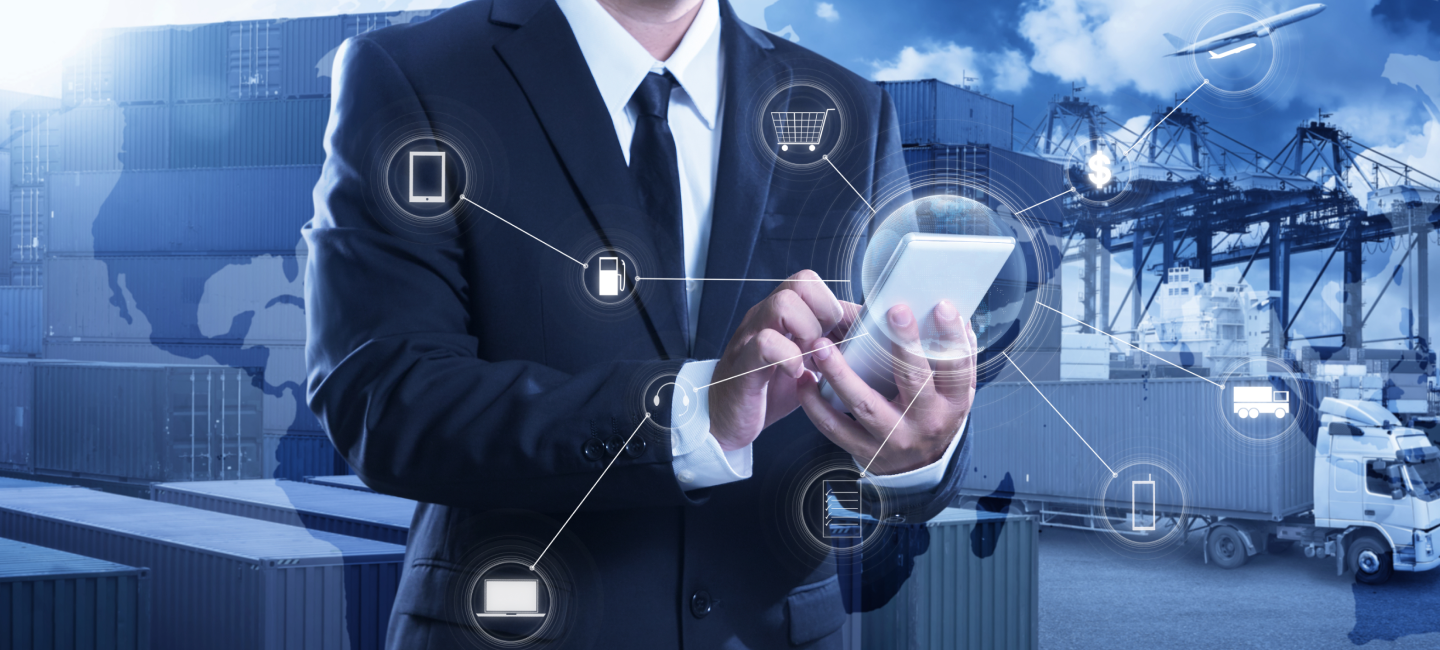Digitization in Freight Forwarding: Revolutionizing the Supply Chain
The digitization era brings a new revolution to the traditional freight forwarding business, as most of them still rely on their ancient methods and practices. Digitization has now come to help unlock efficiency, transparency, and scalability in supply chain management for dealing with ever-evolving customer needs and growing complexities in international trade. With digital transformation, there is streamlined work, automated documentation, real-time tracking, and much more – all helping define the future of freight forwarding.
The Need for Digitization in Freight Forwarding
Traditionally, freight forwarding is a labor-intensive process, involving many stakeholders, a lot of paperwork, and lacking real-time visibility. Traditional methods frequently lead to inefficiencies, delays, and elevated operational costs. With rising volumes of trade & an increasingly dynamic global market, freight forwarders are forced to adopt digital solutions to maintain a competitive edge. Digitization tackles these challenges by providing speed, precision, and streamlined communication, revolutionizing the transportation of goods across boundaries.
Key Aspects of Digitization in Freight Forwarding
- Automated Documentation: Digitization gets rid of all the paperwork such as invoicing, customs declaration, and managing compliance. In this way, digital documentation makes fewer errors in the process of moving goods along with accelerating them.
- Real-time Tracking and Visibility: Advanced technologies of tracking the cargo location by IoT and GPS provide real-time updates on it. This amount of visibility builds transparency in a supply chain system and allows for decisions to be taken proactively.
- Blockchain for Secure Transaction: Blockchain technology makes sure that it is secure as well as unalterable by any party hence building trust at the stakeholder’s end while also making record-keeping convenient by storing documents digitally on an uncentralised ledger.
- AI Predictive Analytics: AI Predictive Analytics for Freight Forecasting Optimizing Routes by AI and predictive analytics, freight fore-casting techniques are changing fast. AI ensures freight forwarders make data-oriented decisions to cut down inefficiencies.
- Digital Freight Marketplaces: A digital platform that connects the shippers to carriers and enables a centralized rate comparison, shipment booking, and the management of logistics. It will reduce the reliance on traditional middlemen and improve cost efficiency.
- Cloud-Based Solutions: Cloud computing enables freight forwarders to have access to any data from any location. They can easily work with others involved in the project, improve their workflow, and ensure the security of data.
Challenges in Adopting Digitization
The journey towards digitization comes with a set of challenges. It faces high implementation costs, changing resistance, and a lack of technical expertise in some cases. Even integration of the digital tools into legacy systems is quite a complex task. The concerns of data security will also have to be carefully managed with full compliance with global trade regulations in place.
The Future of Freight Forwarding
Further changes in digitization will most probably increase cooperation and innovation within the freight forwarding industry. More integrations with AI, blockchain, and IoT are expected, bringing fully autonomous, highly efficient logistics networks into full swing. In return, digital transformation is also likely to result in more competition and support toward the building of a connected, resilient global supply chain.
Conclusion
Digitization is no longer an option but a compulsion in the freight forwarding industry. Through the application of digital tools and technologies, freight forwarders can surmount the age-old problems that were earlier inherent to them, make operations more efficient, and add greater value to customers. Although it might seem challenging to adopt, the benefits that are derived from this will far outweigh the costs. The future of digitization remains at the core of this change as it revolutionizes global trade for decades to come.

